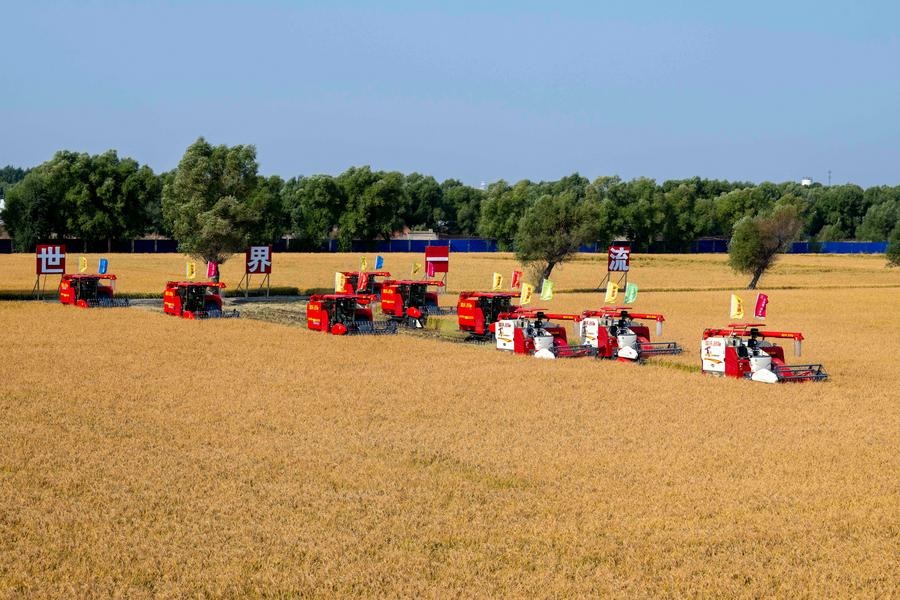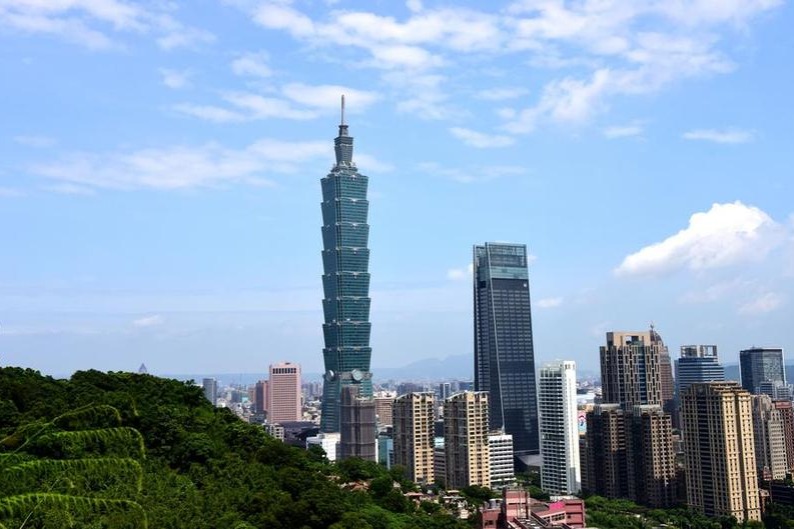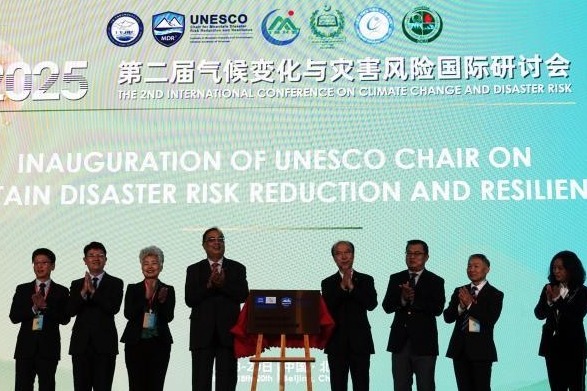Plan fast-tracks HK's development

The 14th Five-Year Plan (2021-25) — a policy road map shaping key areas of national socioeconomic development — holds "historic significance" for the Hong Kong Special Administrative Region, primarily in its clear outline of the city as a global hub in eight key areas, industry and community leaders have said.
They made their comments as the plan nears the end of its final year and draft proposals for its successor, the 15th Five-Year Plan (2026-30), are being discussed at the fourth plenary session of the 20th Central Committee of the Communist Party of China, which kicked off in Beijing on Monday.
The "unprecedentedly clear directions for Hong Kong" set in the current plan, as lawmaker William Wong Kam-fai described, have provided the city's stakeholders at all levels with "explicit, easy-to-follow guidance" for local development and deeper integration with national strategies.
Launched in 2021, the plan designated Hong Kong's role in eight key areas, including as a center for international finance, trade, innovation and technology, and cultural exchange.
Hong Kong has since yielded significant results in various fields aligned with the central government's development priorities, Wong noted, crediting the SAR government's proactive and rigorous implementation of the national framework.
Wong, an associate dean of the Faculty of Engineering at the Chinese University of Hong Kong, pointed to what he called "the most significant, beneficial shift" for Hong Kong's innovation and technology sector in recent years: the SAR government's "decisive, concrete move" to steer the sector's development within the city. He cited the promulgation of the Hong Kong I&T Development Blueprint in 2022 and the subsequent surge in government investment in innovation as evidence of this strategic pivot to government-led growth.
This substantial funding injection has tangibly improved research financing, talent recruitment and commercialization outcomes, while also boosting the local private sector's confidence to invest in I&T ventures, he said.
Lo Hiu-fung, a Hong Kong district councilor, stressed the 14th Five-Year Plan's vital role in the city's social development, particularly through its objectives to instill patriotism among residents and deepen social integration with the Chinese mainland.
Lo highlighted the city's intensified cross-border educational exchanges with the mainland, spearheaded by the SAR government, calling this leadership "an invaluable addition to previously grassroots-led initiatives", which has delivered impressive outcomes.
He noted a growing trend of local schools opting for mainland destinations for their exchange programs over overseas options, aiming to help young people understand the nation's development and foster a greater sense of national pride.
"Hong Kong youth are pursuing study and working opportunities on the mainland more nowadays," he said. "They've increasingly recognized that their future development has been extended beyond Hong Kong to the entire Guangdong-Hong Kong-Macao Greater Bay Area and other mainland regions."
Angus Ng Hok-ming, chairman of the Guangdong-Hong Kong-Macao Greater Bay Area Youth Association, agreed that Hong Kong's younger generation — with a more extensive understanding of the nation's strategic development — is evolving from a traditional bridge role to that of a dynamic "dual-converter", assuming greater responsibility across sectors in support of the region's collaborative progress.
As attention turns to the 15th Five-Year Plan, representatives anticipate more guidance in the coming iteration regarding Hong Kong's accelerated national integration, specifically through measures that further reduce cross-border collaboration barriers.
Wong identified the Northern Metropolis — a mega urban transformation project spanning 30,000 hectares across Hong Kong's North and Yuen Long districts, bordering Shenzhen — as one of the key future nodes for Greater Bay Area integration, expecting the new plan to specify the project's role in further breaking down walls.
- Plan fast-tracks HK's development
- Beijing makes AI education compulsory in public schools
- Beijing hospitals to gain faster access to novel drugs under new measures
- Typhoon, cold front to bring wet, windy weather
- China OKs world's first functional cure for hepatitis B
- Two Chinese scientists selected to lead disaster risk reduction project




































